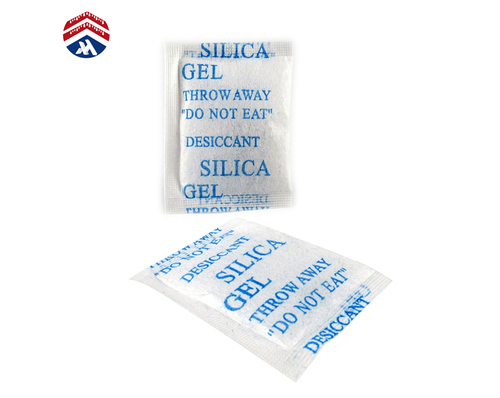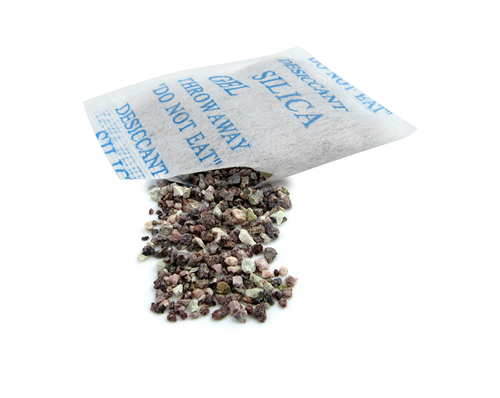Copyright © 2023 Shenzhen Minghui Technology Co., Ltd. All rights reserved Site Map
International Leading Manufacturer of Anti-Mould and Anti-moisture Desiccant
Email:
cocoaduan@sz-minghui.com
Maintaining optimal humidity levels is crucial in various industries to protect products from moisture damage, ensure process integrity, and enhance product longevity. Desiccant play a pivotal role in achieving these goals by absorbing excess moisture from the surrounding environment. This article explores the different types of desiccant , their properties, applications, and performance to guide in selecting the appropriate desiccant for specific needs.

Desiccants are substances that have a high affinity for water vapor, enabling them to absorb moisture effectively. They are widely used in packaging, industrial drying processes, air conditioning systems, and moisture-sensitive product storage. The choice of desiccant material depends on several factors, including absorption capacity, cost, operating temperature, and specific application requirements.
Silica gel is a porous form of silicon dioxide and is perhaps the most recognized desiccant due to its widespread use in consumer goods packaging. It is non-toxic, non-corrosive, and can absorb up to 40% of its weight in moisture. Silica gel's indicator variants change color upon saturation, providing a visual cue for replacement or regeneration.
Activated alumina is manufactured from aluminum hydroxide by dehydroxylating it to produce a highly porous material. It is effective in removing fluoride, arsenic, and selenium from water and is also used for drying air streams. Activated alumina can regenerate at relatively low temperatures, making it suitable for repeated use.
Molecular sieves are crystalline metal aluminosilicates with a uniform pore structure that allows them to selectively adsorb gases and liquids based on molecular size. They are particularly effective in drying applications where a very low humidity level is required. Molecular sieves have the highest moisture absorption capacity among common desiccants and can operate at high temperatures.
Calcium chloride is a highly hygroscopic salt and is used in bulk applications, such as road de-icing and industrial moisture control. In desiccant applications, it can absorb up to its own weight in water, making it highly effective for use in shipping containers and large storage areas.
When comparing desiccant , it's essential to consider their moisture absorption capacity, regeneration ability, and operational parameters:

The selection of a desiccant material should be based on the specific requirements of the application, including the desired level of humidity control, environmental conditions, budget, and safety considerations. For example, silica gel is preferred for protecting electronics and consumer goods, while molecular sieves are chosen for industrial drying processes requiring low moisture levels. Activated alumina is often used in air drying and gas purification, and calcium chloride is selected for large-scale moisture control applications.
Understanding the properties and performance of various desiccant is critical for selecting the most suitable option for specific applications. By considering factors such as moisture absorption capacity, operational temperature, and regeneration ability, industries can effectively protect their products and processes from moisture-related issues, ensuring quality and longevity. As technology advances, the development of more efficient and environmentally friendly desiccant will continue to play a vital role in moisture control applications across diverse sectors.v